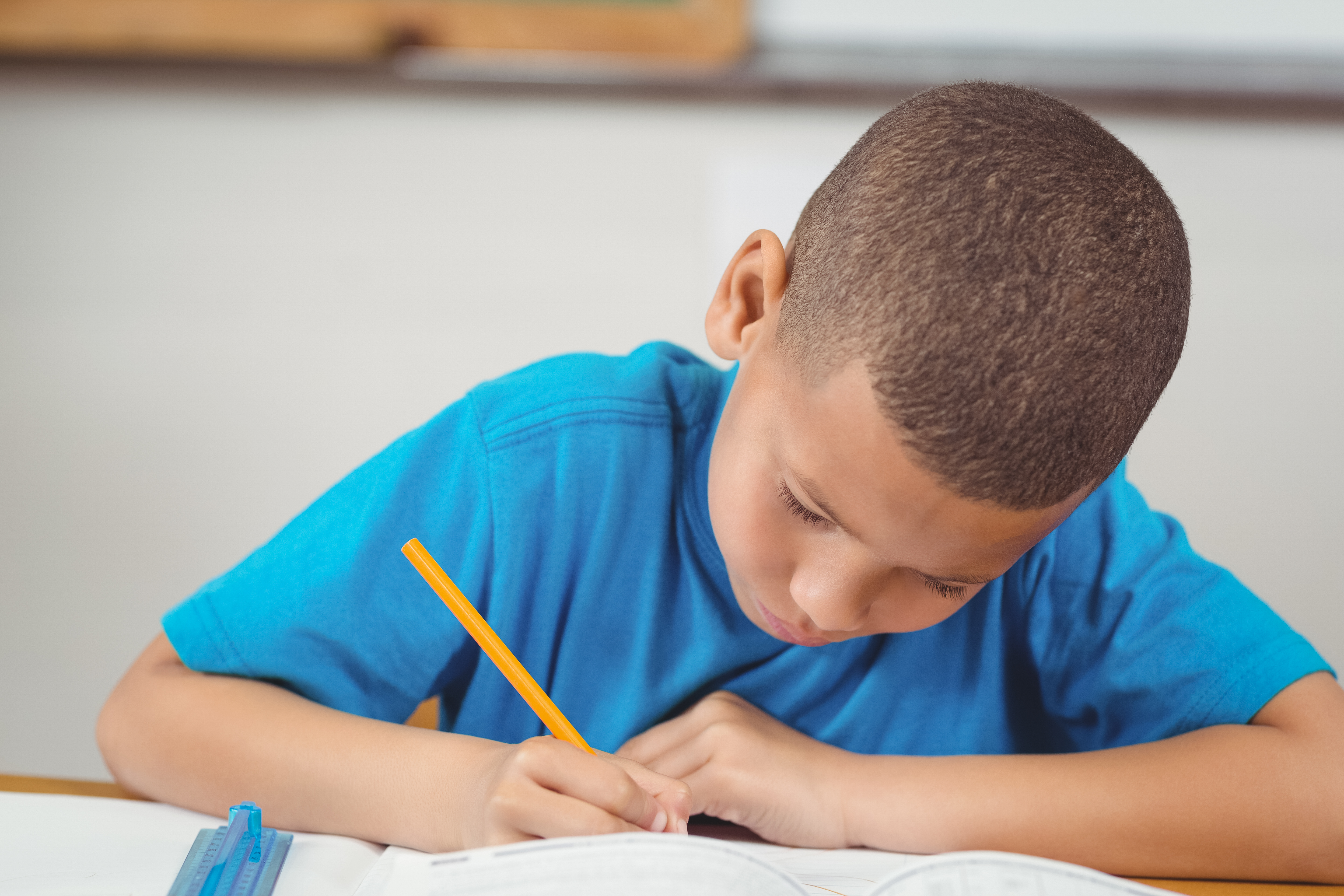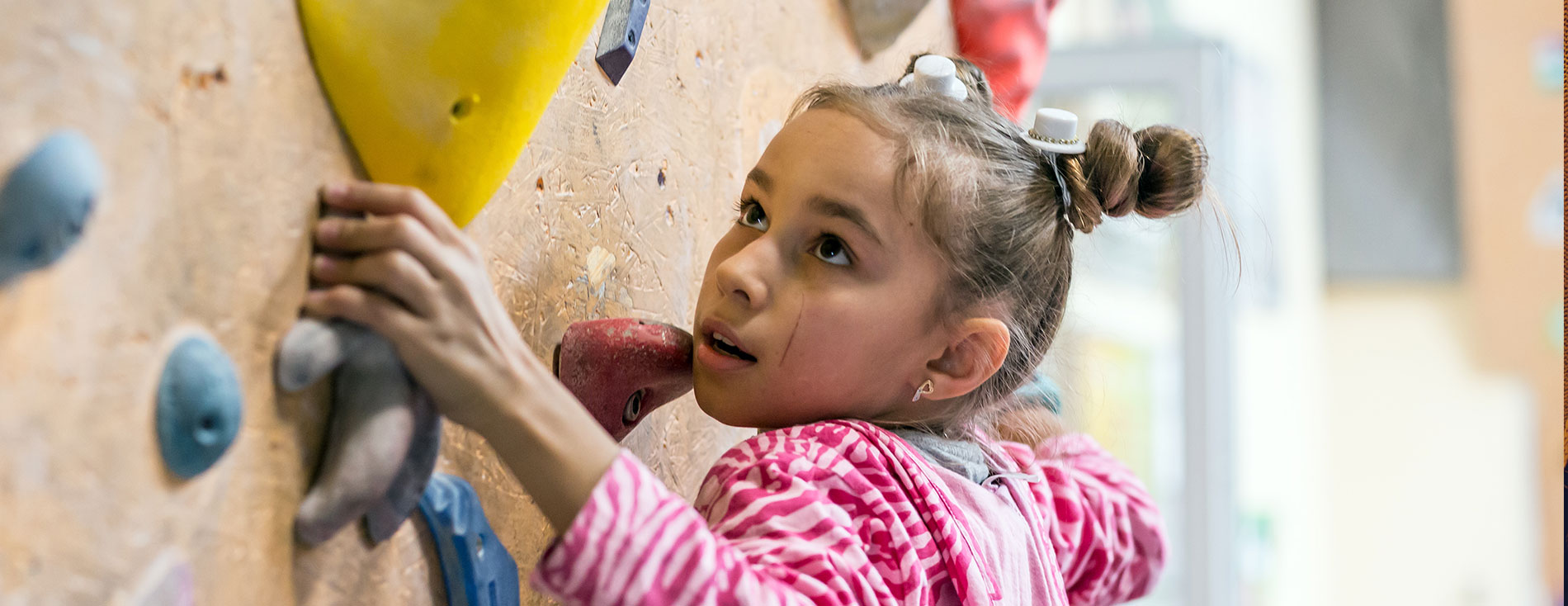Rhythm, Rhyme, and Reading: The Three “R”s Revisited
Reading, Writing, ‘Rithmetic— the three “R”s have been around for centuries! But research has found that the ability to read is an underlying skill for the other two “R”s. So what underlies reading? Many skills. However, two additional “R”s, rhythm and rhyme, are at the forefront.
Rhythm: Fluency (which involves rhythm) is one of the most important skills in reading. Exciting research in the last two decades has shown that the cerebellum (the base of the brain which controls balance) has rich connections to the pre-frontal cortex— the reasoning part of the brain— more than we ever realized. The cerebellum generates a pulse, which then travels throughout the whole brain. In other words, the brain has rhythm! As a clinician, trained and certified in the use of a computer-based brain timing program, I have had the incredible experience of witnessing how brain rhythm training significantly improves reading fluency (as well as math fluency and many other skills). And in the last two decades, movement and rhythm programs have been expanding into schools, community clinics, and homes. Some programs are high-tech (www.interactivemetronome.com; www.integratedlistening.com; www.stronginstitute.com) and some are low tech (www.braingym.org, www.gonoodle.com), but they all work on the same principle— to get the brain in sync with itself! So although we haven’t traditionally thought of rhythm and movement as powerful adjuncts to reading and academic achievement, we are starting to change our attitudes. The typical school punishment, losing recess time, is now counter-intuitive to what we know today (https://www.letsmoveschools.org). If you’d like more information, check out the websites above, or google “rhythm and movement for learning” In the meantime, here are a few fun rhythm games to enhance reading:
Swing and Say: This activity helps a child feel the rhythm of language. Choose multi-syllable words, phrases, or sentences, like dinosaur. Once your child is on the swing, pull the seat back, hold it, and say “Ready?” Then, as you let it go, say the first syllable as the swing goes forward (“DI”). Then the second syllable as the swing goes back (“NO”). Say the next as the swing moves forward again (SOR!) Di-no-saur!!
Step and Say: Similar to “Swing and Say,” this activity takes place” on the stairs. Give the child words, phrases, or sentences to repeat, and have her take one step for each syllable. For extra fun, have a small treat (e.g., sticker, pretzel) waiting at the top!
Waves and Words: Move a marker left to right in “waves” as you say a sentence together. Your marker should be at the top of a “wave” with all accented syllables.
Echo Talk: Get dramatic! Choose books with lots of emotional dialogue. Model the words with exaggerated expression and then see if your child can be your “echo.” Make this fun!
Rhyme: I use the term rhyme loosely here to refer to the separation of words into their smallest components— phonemes. Phonemic awareness, or the ability to discriminate and mentally manipulate sounds in words, has been found to be the best predictor of reading success for beginning readers. As with rhythm and movement, many programs are available, both high tech (www.braintrain.com, www.mindplay.com), and low tech (www.readamerica.net; www.readnaturally.com). I can’t recommend a specific program, as each child’s needs are unique. But if your child is struggling in this area, I welcome you to research all you can (starting with these websites), and don’t be afraid to ask lots of questions! Work with your school. Ask that your child be evaluated for phonemic awareness if you see problems with reading. With the right program, your child can certainly improve in the area of phonemic awareness. For general training in phonemic awareness, here are some of my favorite games:
“Forgetful Fran (or Fred)”: This rhyming game provides a lot of listening practice. Pick up any nearby object. Fran (a puppet – or you) says: “Hmmm. Now what is this? I forget. Is it a…” Example: “Is this a hoo? No. That’s not right. A boo? A rue? A goo?” Usually the child will have gleefully corrected you by now, but if not, say: “Oh, my goodness!” (Slap head). “It’s a SHOE!! Now I remember. How silly of me!”
Sound by Sound Secret: Hide an object in a box, preferably one the child would enjoy eating or playing with. Say: “I have a secret in this box. Can you guess? It’s a…then say the word, slowly, waiting a second or so between each sound. Example: “r…ai…z…uh…n” (raisin). Don’t say the letter sounds – just say the word as you would if you were a robot, talking very slowly, sound by sound.
Reading Rabbit: This helps sound/symbol association. Write down each letter of a word (or letter group representing a sound) on an 8x11 sheet of paper. Then lay each sheet on the floor or ground, about a foot apart. Have the child “hop” to each letter as he says the sound. Example: T….R….AI….N = train! Now, take away a sound, like T. Have the child hop again – R….AI….N = rain! A completely different word! Wow!
Sound Math: You can do this orally or use 3x5 cards with corresponding letters. If you’re playing the game verbally, just say: “____ plus ____ equals ___” or “_____ minus _____ equals ____”. Example: “Play plus “n” (gesture the sound is at the end) equals? (Plane!). Plane minus “p” equals? (Lane!).
Instead of the traditional three “R”s, I now think of learning as a pyramid, with rhythm and rhyme at the bottom, reading in the middle, and writing and ‘rithmetic at the top. As great friends always do, they help each other succeed— together!
Author:
Carol Kauffman, M.A./CCC-SLP. Carol is a speech-language pathologist in practice for over forty years. She still uses her rhythm and rhyme skills as a tap dancer and a bibliophile. She highly recommends both hobbies!












